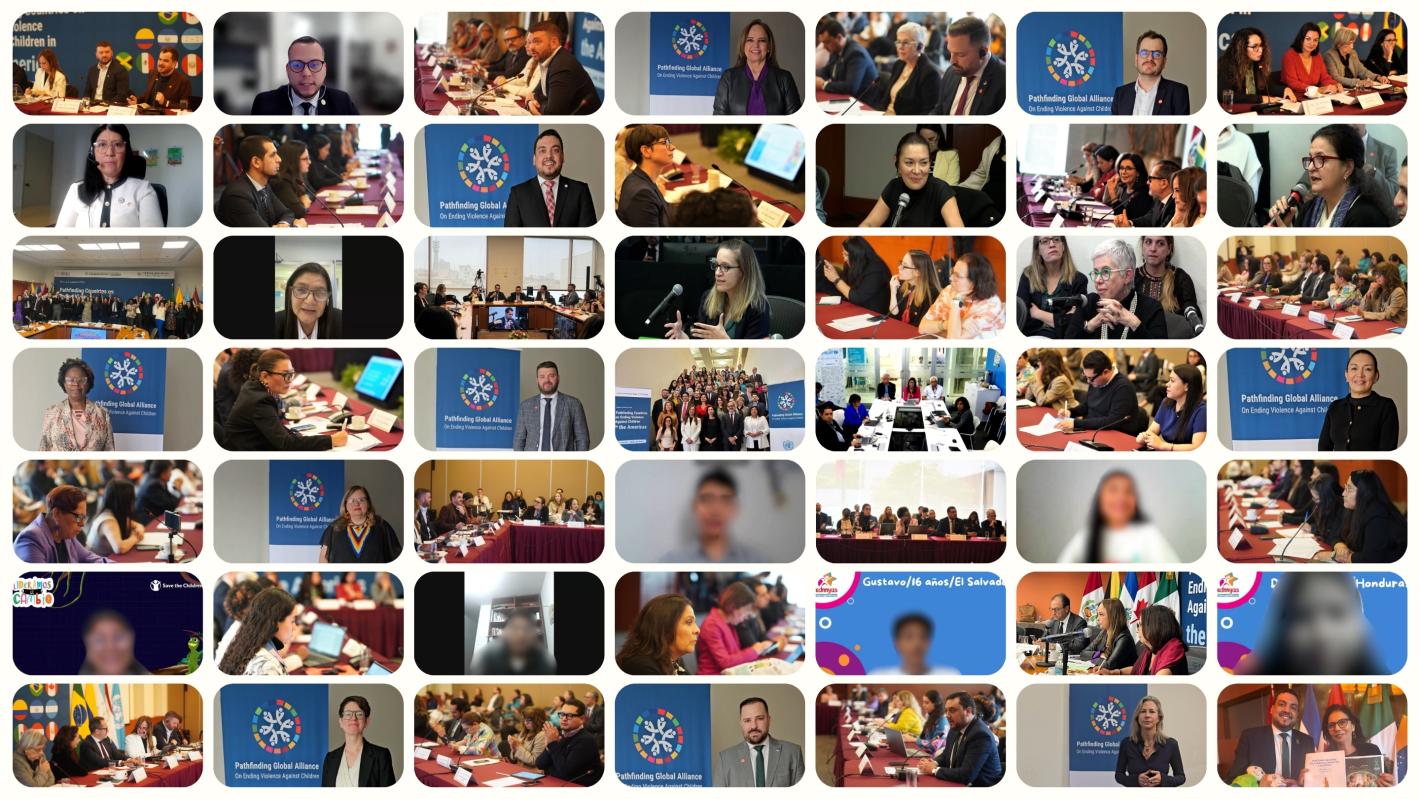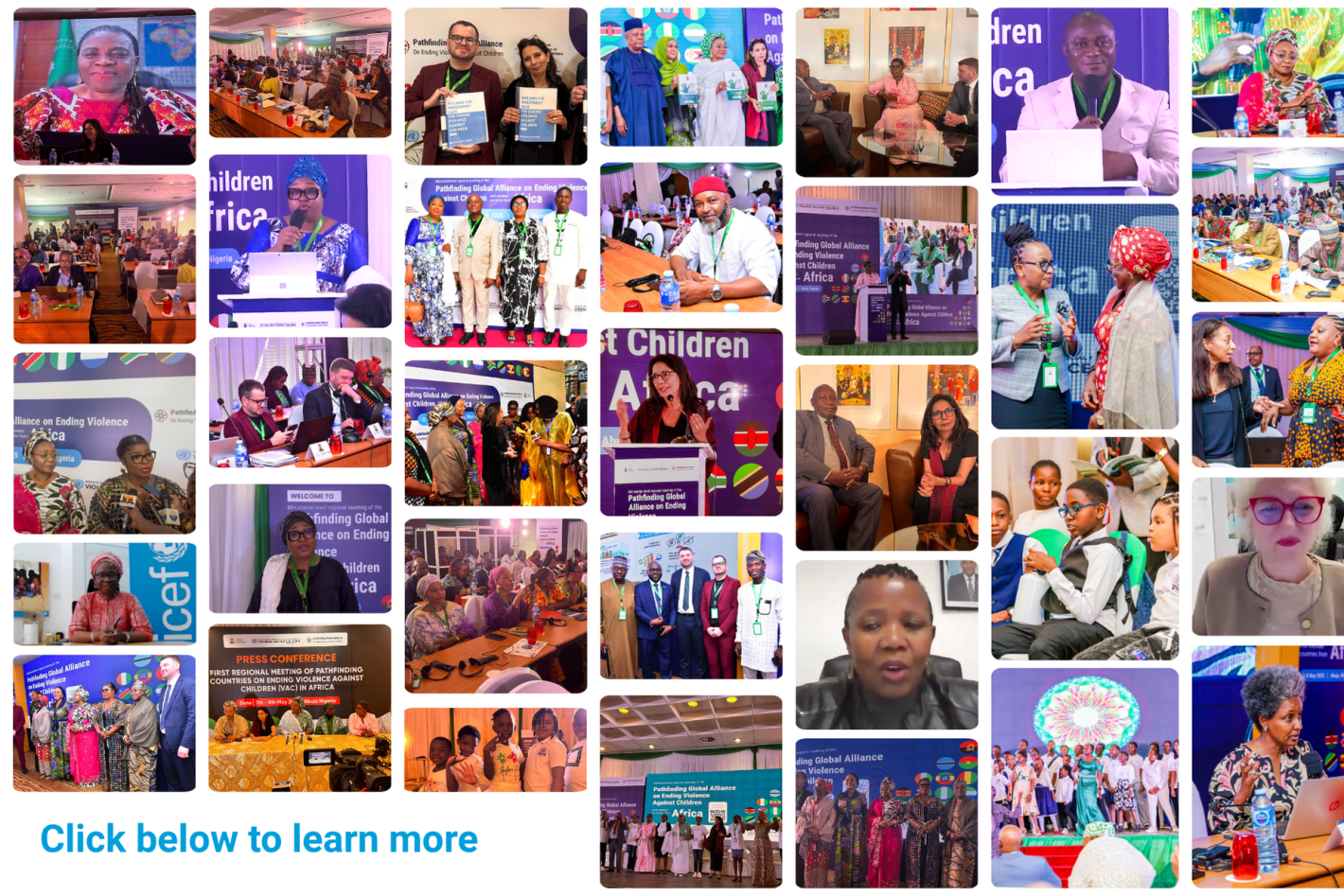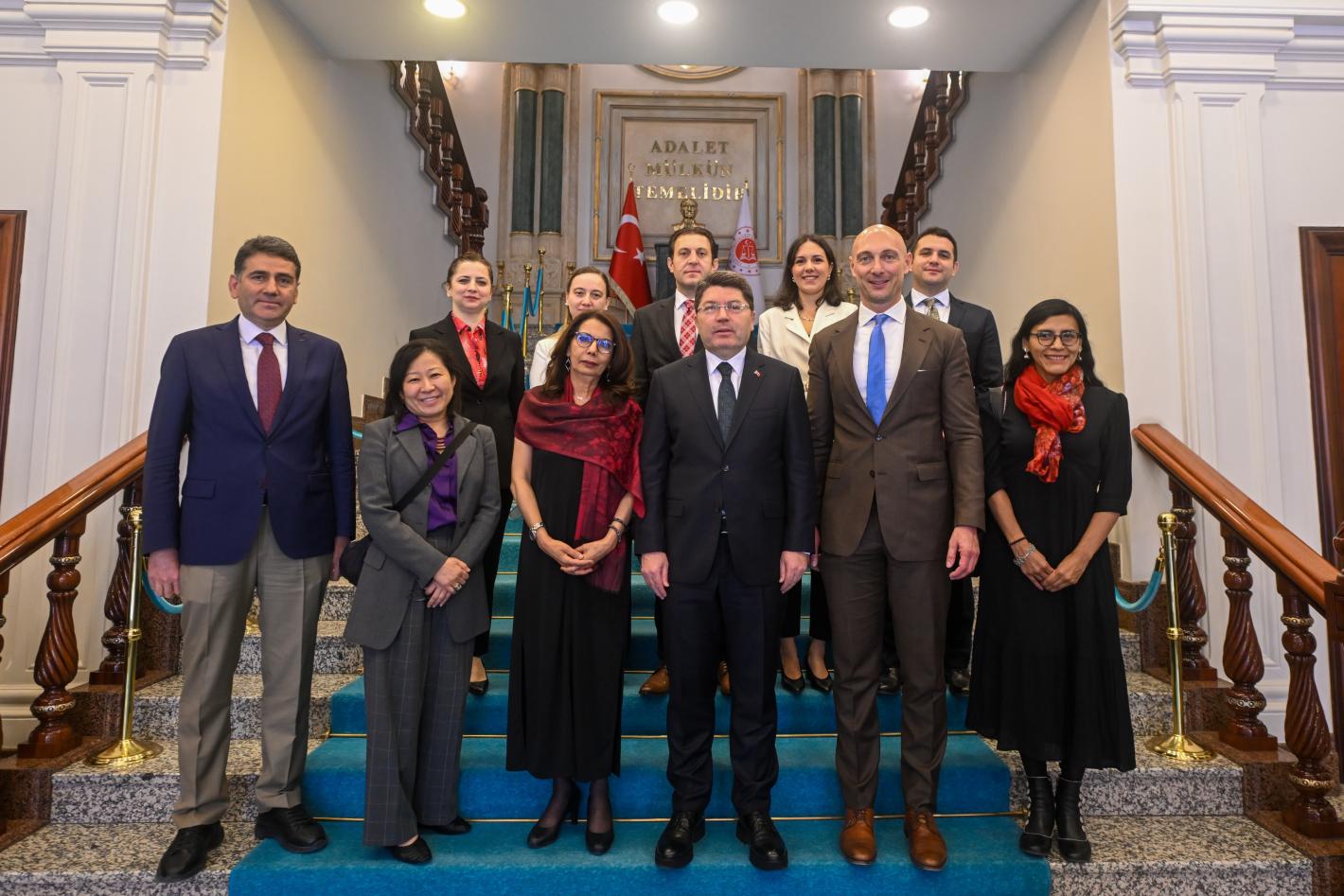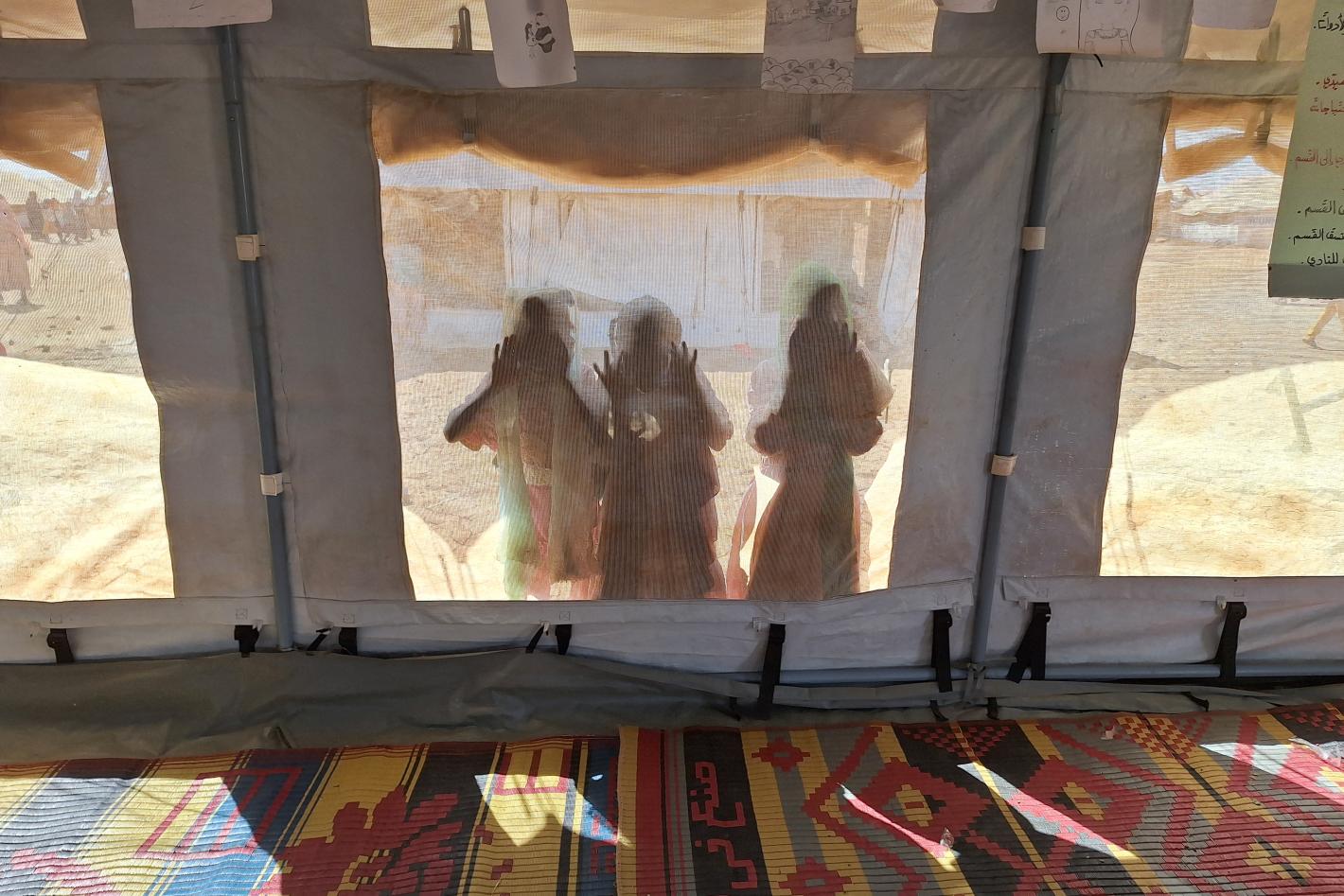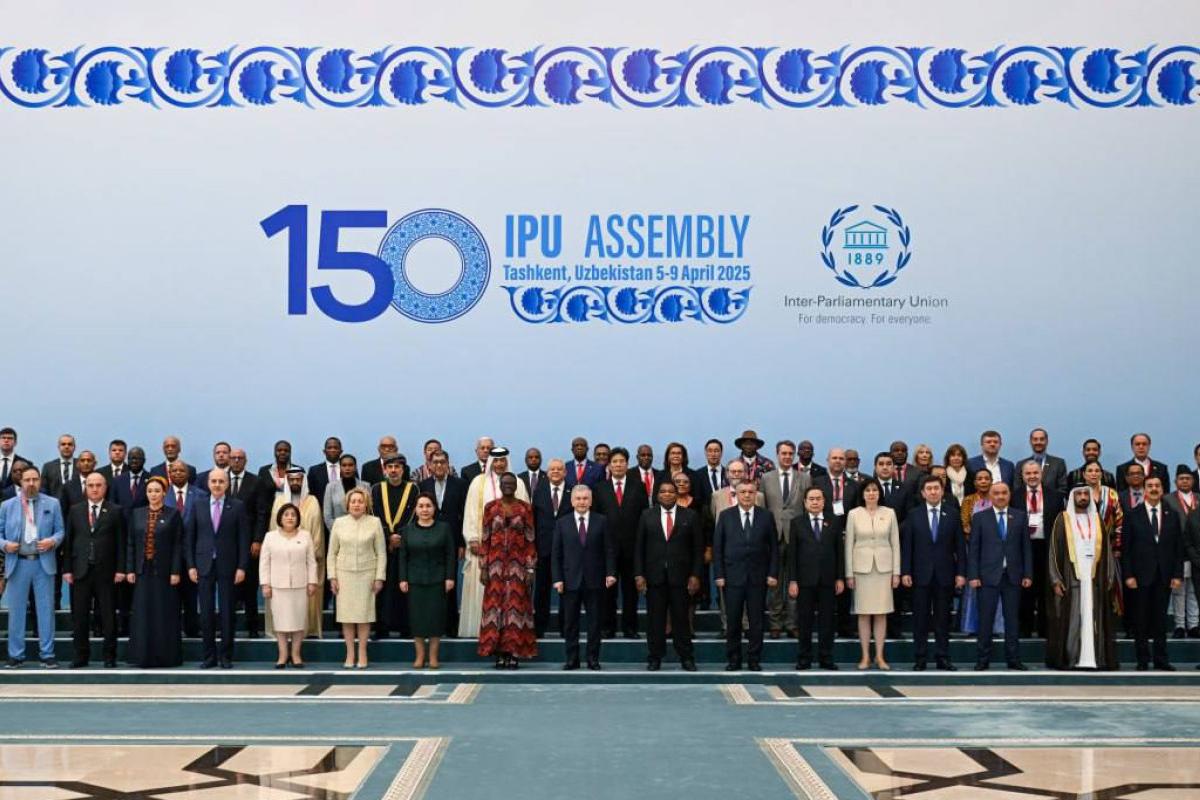The evolution of children's protection and wellbeing in the Americas, like elsewhere, has been a gradual process marked by important advances since the ratification of the Convention of the Rights of the Child by almost all countries of the region. Many countries have adopted a legal prohibition of all forms of violence against children, among other key measures. At the regional level, solid legal and policy frameworks, such the OAS General Assembly Resolution on violence against children, or MERCOSUR Guidelines to promote positive discipline, have served to spearhead important reforms. With very vibrant civil society and faith-based organizations including the Global Movement for Children of Latin America and the Caribbean (MMI LAC) , children’s rights have also been a key area of work for many organizations. Child participation at regional, national and local levels has also grown exponentially over the last years, as illustrated by the work of the Latin America and Caribbean Network of Children and Adolescents (REDNNYAS).
Despite demonstrating significant progress in championing children’s rights, the risk of violence against children across the Americas region remains present in every setting, including within the family, schools, care and justice settings, communities and in the digital space. According to UNICEF, 2 out of 3 children aged 1 to 14 in the region experience violent discipline at home. The region shows one of the highest rates of adolescent homicides in the world of 12.6 per 100,000, which is four times higher than the global average 3 per 100,000. Across the Americas many children embark on dangerous journeys fleeing violence, poverty and inequalities. Online threats, including child sexual exploitation and abuse are also on the rise. At the same time, social, child protection and justice systems remain severely under-resourced, leaving children, especially those from disadvantaged groups, increasingly vulnerable to all forms of violence against children. This highlights an urgent need for child protection and well-being to be a top priority in national political agendas, supported by adequate budget and resources to accelerate progress toward the Sustainable Development Goals. There was a strong participation of countries of the region at the First Global Ministerial Conference in Bogota in November 2025 and through their national pledges and adherence by many to its Call to Action, many countries have committed to furthering children’s protection and wellbeing to achieve the promise made under the 2030 Agenda for Sustainable Development.
The Pathfinding Global Alliance on Ending Violence Against Children, launched in Bogotá in November 2024, provides a framework for accelerating action through multistakeholder collaboration, context-specific priorities, a bottom to top approach, peer-to-peer learning, and national ownership.
As of June 2025, 44 countries globally have joined the Alliance, including 9 countries in the Americas . This Regional meeting with the 9 pathfinding countries from the Americas builds on the commitments made at the First Global Ministerial Conference in Bogotá. It leverages the Global Alliance’s pillars—country ownership, peer accountability, and knowledge-sharing—to drive progress toward ending VAC by 2030.
The meeting convenes the 9 Pathfinding countries in the Americas and represents a key opportunity to deepen ongoing discussions regarding the key identified priorities and catalyzing actions for ending violence against children serving as roadmaps within the framework of the Alliance. The efforts to identify such actions through multistakeholder consultation processes are extremely encouraging. Building on the momentum created by the First Global Ministerial Conference on Ending Violence Against Children , the pledges made by countries in the region including seven Pathfinding countries and the Bogota Call to Action, this meeting will also serve to engage the nine Pathfinding countries of the Americas to accelerate progress towards ending violence against children.

